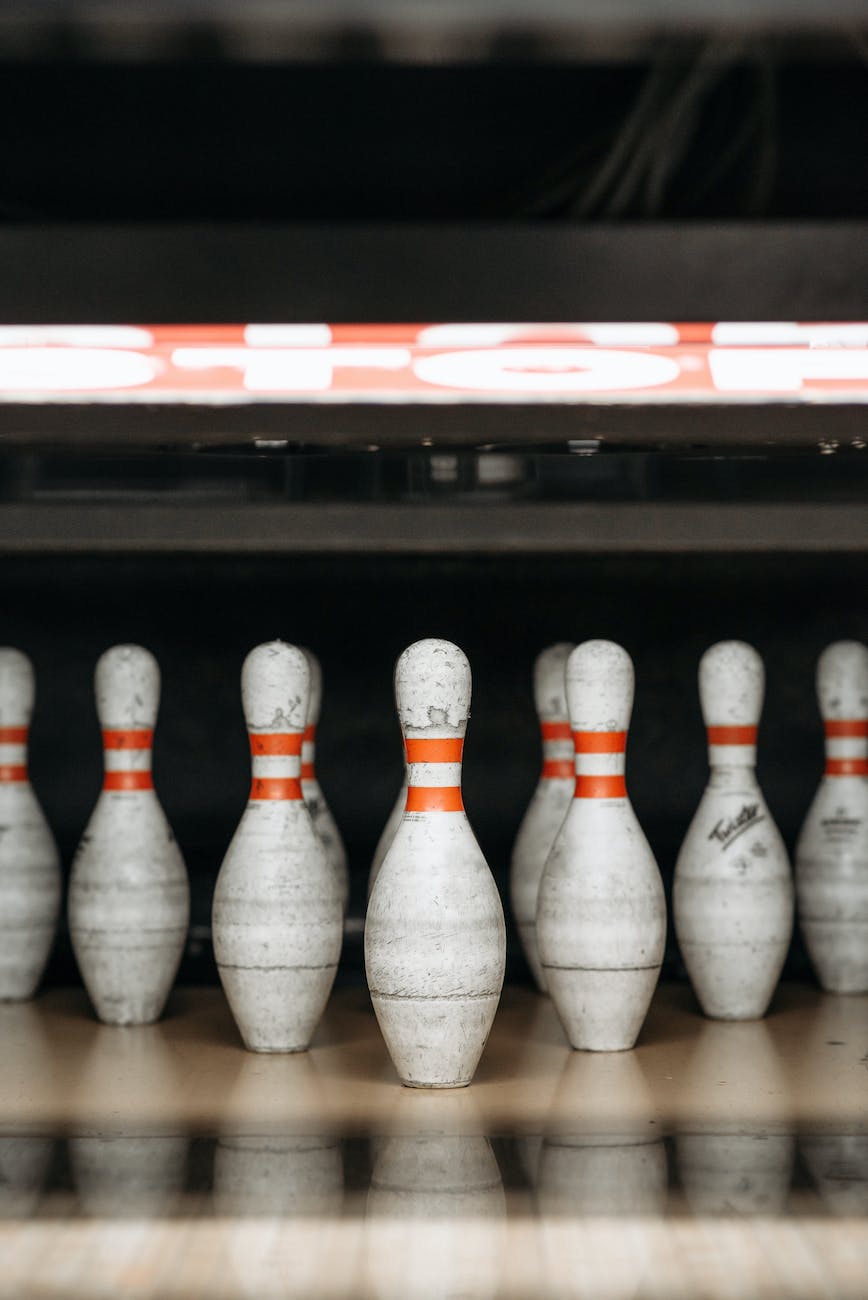Basics of Lifting
Let’s delve into one of bowling’s crucial techniques: lifting. ‘Lifting’ quite literally means ‘to lift’. The middle finger is key for shaping the speed of the ball, while the ring finger helps control the sideways rotation. The use of the middle and ring fingers varies between bowlers depending on their preferences and the type of ball delivery they aim to achieve. These fingers should always remain curved like a fishing hook, an essential posture for effective lifting.
The position of the fingers can be divided into three scenarios. First, as the ball passes by, the fingers may straighten. If the fingers straighten, the ball will not spin. Second, the fingers may remain curved and resistant, much like a fishing hook, where the ball will spin. While the middle and ring fingers mainly provide resistance, they must also help generate spin to increase the ball’s revolutions per minute (RPM). A higher RPM when the ball hits the pins means more kinetic energy and more lively pin action, leading to a higher likelihood of strikes.
To increase the spin, the fingers must ‘wring’ inwards. It is crucial to pull the ball with the middle and ring fingers upon release. Bowlers generally prefer balls weighing 14-15 pounds, with 15 pounds equating to about 6.8 kilograms. Even a 15-pound ball can be lifted effortlessly with the palm. However, as the ball leaves the palm, its weight settles on the tips of the fingers. Imagine having a 6.8-kilogram ball resting on your middle and ring fingers. Gravity will pull the ball down, and the fingers will naturally tend to straighten at this moment.
To maintain rotation speed, the fingers must grip and then snap back quickly after release. The faster this snapping motion occurs, the faster the ball will spin. When practicing with a weight ball, always be conscious of the rotation and hold the ball with the feeling that the fingernails are facing toward you. With enough practice, the rotation degree of the ball will gradually increase.
The First Step to Becoming an Advanced Bowler: Turn and Lift, Lift and Turn
Two techniques are employed to manage rotation and speed in bowling: turn and lift. While these skills can be divided into different styles like Lift and Turn or Turn and Lift, a classic dilemma akin to ‘which came first, the chicken or the egg?’ is intricately linked to the history of bowling. Early balls made from wood and rubber were prone to turn first. However, balls made from the latest high-performance urethane tend to favor lifting.
Release timing is a critical factor in lifting. The moment between the ankle and big toe is identified as the ‘release timing.’ A ‘Lift and Turn’ results when you pull the ball with the middle and ring fingers and then apply a turn. On the other hand, if you perform a turn between the ankle and the big toe first followed by lifting, it is characterized as ‘Turn and Lift.’ All releases are categorized into these two groups. ‘Aeturn’ refers to exceeding the 9 o’clock direction with the thumb during a turn.
Many female bowlers find turning the ball challenging due to anatomical differences. Thus, the Turn and Lift technique is recommended for them. When the turn comes first, the force that causes the ball to travel outward upon release is amplified, enhancing lateral movement. This can be especially beneficial when the lanes are dry or lack oil at the front end.
Lift and Turn is garnering attention in the bowling community, not just due to advancements in bowling balls but also because initiating with a lift can help effectively implement a variety of other techniques. This is one of the reasons why lifting is often preferred over turning, for example, in the fundamental technique of rotation.
Scoring high in bowling requires a precise execution of plays suitable for the lane conditions. Key to this is finding the ideal lifting style by combining various elements like the selection of style, the ball’s weight, and finger positioning. Regardless of the style adopted, continuous practice and refinement of personal skills are vital. Explore and enhance the joy of bowling by finding a style that fits your uniqueness and capability.
